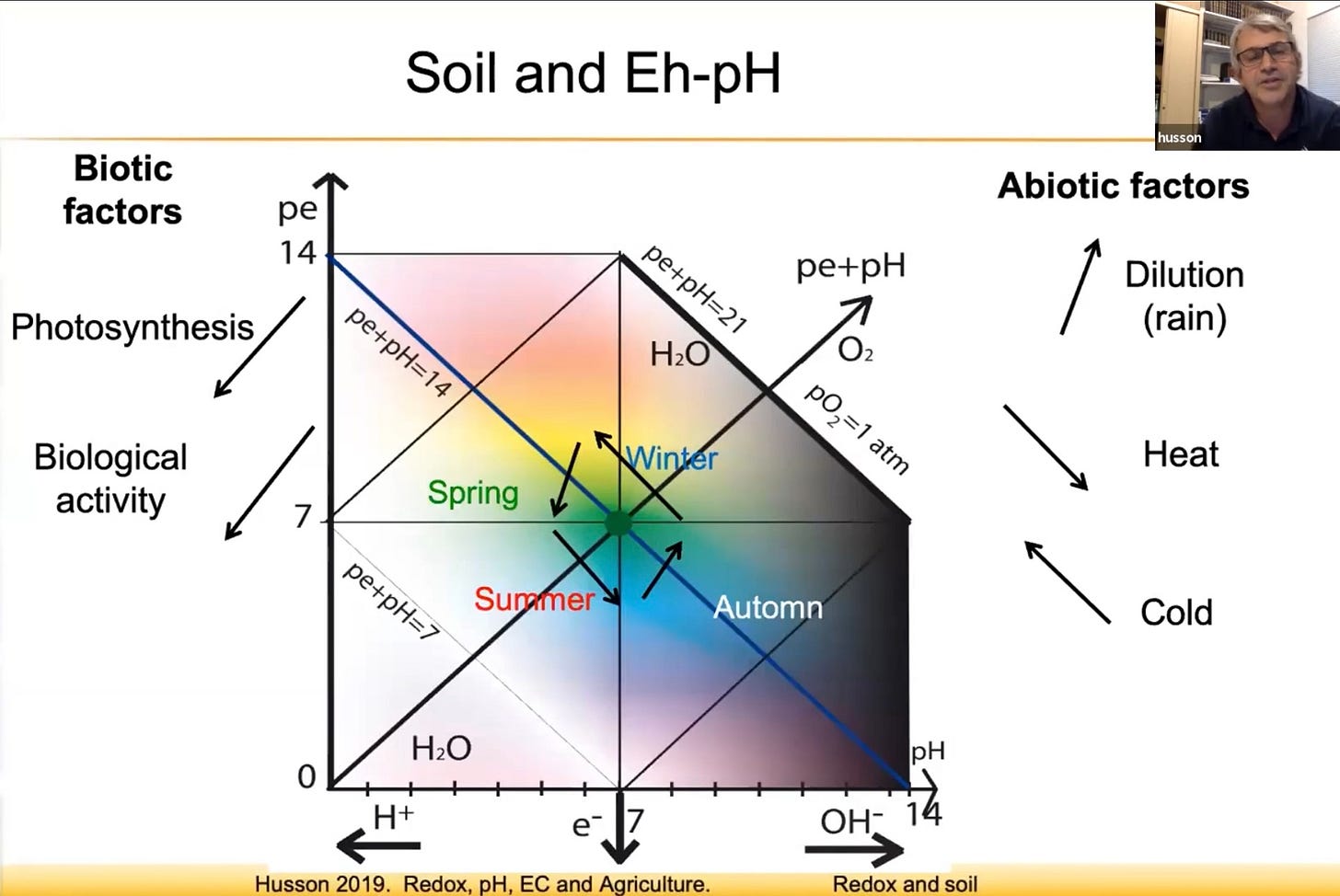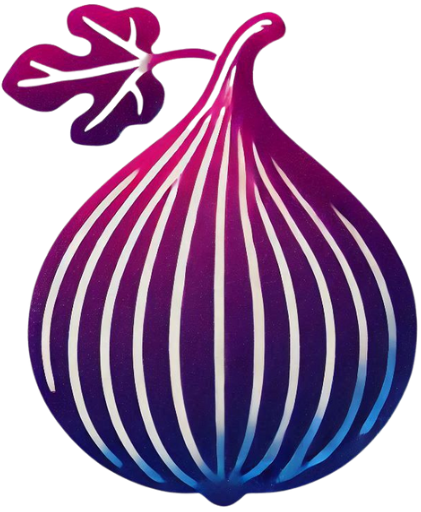Well, That’s A Wrap… Or Not?
Harvest time is ending so time to relax, right? Hold that thought, there’s a bit more to do yet! Why are fall-applied nutrients so important?
Fall is nearly here… the season is ending… harvesting is almost done… Welp, that’s a wrap, and nothing left to do, right? WRONG! Fig lovers, you must set the stage for next season! Everything is settling in now for spring growth next year. What must be done? Read on…

YES, I know this is early, (I say as I’m munching figs still. 😏) But some of you live in colder places than I do, and I need to get you all primed and ready before it actually happens. This is your heads up so you can make any needed preparations.
When dormancy breaks in spring, a plant will start mobilizing the nutrients it stored before going to sleep in winter. This is what a tree is going to get first and is going to have a bearing on all of the early growth. All of that crucial cell formation and invisible stuff that happens inside a tree before we ever know anything is afoot is going to rely on stored nutrients. Nutrients applied now are also what are going to be used in critical early stages of fruit development. In addition, this is what is going to determine breba quality for next year. Do you have yucky breba? Maybe lack of nutrient stores are in part why? And you know those odd looking first leaves that sometimes come out? All of this is what helps to prevent that.
Nutrients we want to focus on now are calcium, boron, manganese, potassium, zinc, and copper. These nutrients also help with freeze resistance. This plays a role during winter and also on early growth that may get late frost exposure. So this is something we want to give a certain priority to as things are winding down.
After-harvest to-do list:
✓ Foliar spray while leaves are still viable
Spring growth can move rapidly and leaves are usually small and low in number then, while foliar applications are still useful at that time for the advancing season, they won’t have as much of an early effect as nutrients applied now. So now is the time to do foliar applications of the above nutrients before the leaves turn color and drop.
✓ Fermented plant juice
We can also use any poorer quality late season fruit from this time to make fermented plant juice (FPJ). FPJ is excellent as a nutrient source for the crop it is taken from. A plant uses the fruit for its own reproduction. The seeds contained in it are inoculated with beneficial microbes and are provided nutrients from it as the fruit breaks down. This is copying what nature uses as a food source for new plants. I love using this for feeding rooting cuttings and for foliar spraying my trees during growth and fruit set. This is also a favorite for tomato seedlings started indoors.
✓ Soil applied nutrients
Fall is also the time to do any soil applications of nutrients, such as calcium or rock dusts. These nutrients extracted by microbes are not water soluble and so will not leach out or wash away. This is especially applicable if you get spring rains or have wet conditions.
Now is the time to apply soil biology — think composts or manure. Biology applied now has about 6 months to establish populations in the soil and to build up nutrient reserves. This makes everything at the ready for early spring growth, which can’t happen if you only apply in the spring, as it will only have a few weeks at best then to take hold before it is needed. This established biology will have stockpiled nutrients in the soil and this will be used in that early flush of growth in spring. Having a robust system of biology will provide consistent nutrition throughout the growing season as opposed to limited reserves that are quickly used up.
✓ Leaf litter
Humification happens in cold weather when the soil is at rest. This is how the soil rejuvenates itself and is really important for adding carbon back to the soil. We want to keep all of the leaves that fall around our trees. We can run a lawn mower over them if desired to help break them down and speed up the process. This leaf litter is what the tree is using to provide minerals and carbon matter for itself in the next growing season. Allowing this process is how we ensure nutrient reserves are not depleted from the soil. These carbon structures are what transform dirt into soil and it results in stable humic substances that cannot be further degraded. These will provide energy to crops in spring and they reduce oxidation in the soil. This is also what helps to build fungal dominance in our soils. (This also applies to crop residues from vegetable plants. Any roots from them should be left in the soil and the upper plant cut to the ground.)
If you have potted plants, you can collect the leaves, break them down, and use them as mulch in your pots. You also can use them in your worm bins if you make your own worm castings. They can be used in compost as well. Whatever you do, make sure to utilize them in a way that will be returned to the plant.
Leaf litter and crop residues will not spread diseases or pests because the matter they were living off of is completely broken down over winter. Those things go away as they can only inhabit materials that are low in health and in that half-dead state, which are not our trees! In general, these residues are left on top of soils, but it can be helpful to break them down a bit and to incorporate them in the top few inches of soil. You can also place compost or wood chips on top of them and/or spray them with LABS or EM-1 to help facilitate breakdown.
✓ Neem oil spray for lingering pests
It is quite common to see pest and disease-type issues as fall approaches. If you remember from my article on electricity, Eh-pH changes throughout the different seasons, as you can see in this chart:
You can see soils become more oxidized and alkaline at this time which makes conditions conducive to breakdown, as is the natural process. Leaves may start looking a little funky as well since the tree may have exhausted nutrient supplies if they weren’t regularly maintained during fruiting. All of this is to be expected. However, if you have concerns about pests or disease, now is a good time use a spray with pure cold-pressed neem oil on the trunk, branches, and remaining leaves before any pests hide for the winter.
You can emulsify neem with potassium silicate (AgSil 16H) which will also give a potassium & silica boost to your trees. The ratio is 1.5 grams (just under 1/2 teaspoon) of potassium silicate with 1/2 ounce of neem oil. Mix the two together really well and then slowly add in 1 gallon of water while stirring. Spray all plant surfaces and undersides until it runs off. Make sure to spray in the evening when the sun is not on your trees.
… Okay, now you’re done!
**RELIEVED SIGH** Yessss, now we can relax. Now we can start thinking pumpkin spice everything. We can get that warm beverage and cozy up with a good book or movie. Our season of relaxing and rejuvenation is almost here too…
Unless this is in your future, in which case you have my sympathy! Oh, the woes of winter. 🥶
Think happy thoughts knowing your spring is going to be awesome because of all your fall-applied nutrients!






Sort of related fall wrap question :-)
I plan to use vapor-permeable wrap materials to protect my two new (3/4-1-inch diameter trunks as shipped) Chicago Hardy in-ground trees. Would it be helpful to put a breathable collar around the lower portion of the trunk to keep chewing pests away from the trunk inside the fencing filled with leaves before the final materials wrap? I shouldn't think they would be bothered, but I do have moles. The mice have a whole shed to occupy (which they do), so I can't imagine they would like the colder area where the figs are planted, but who knows the minds of mice?
I really enjoy your articles!!
You rock!